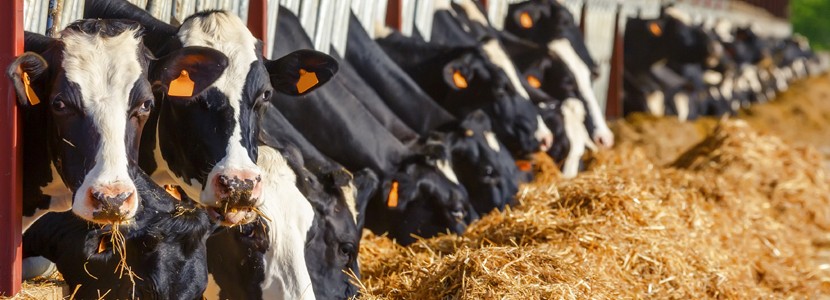 08 Jun 2022
08 Jun 2022
Feeding behavior is a significant factor when it comes to improving production parameters in dairy cattle and has a high correlation with animal health and welfare levels.
Underlying wellness traits that affect eating behavior
Feeding behavior (regulated by feedback between appetite and satiety) is the response to the homeostatic mechanism which motivates an animal to seek and ingest nutrients.
These dynamic processes can be modulated by factors such as:
Social behavior and temper
Dairy cattle are a social animals which tend to establish a hierarchy. This is especially evident when resources are limited, such as in the feeder (Grant and Albright, 1995). The dominance range determines access priority to resources such as food (Gonzalez et al. , 2008).
Dairy cattle raised in intensive systems have limited space availability for every animal within the feeder. This scenario can exacerbate competition for food and its effects.
![]() In addition to space availability, the design of the feeder can also influence the onset of dominant behaviors.
In addition to space availability, the design of the feeder can also influence the onset of dominant behaviors.
Competition can increase in situations where a restricted feeding space converges with limited food availability. This competition often results in shorter but faster meals, which increases the feeding rate(see “Feeding Behavior in Dairy Cattle. Part I and II“) and, consequently, the risk of acidosis.
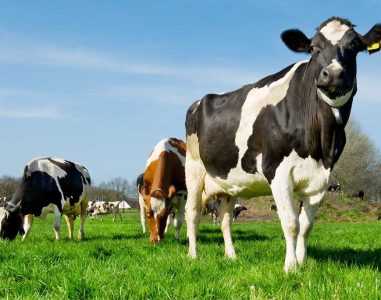
In grazing systems, dominance also has an impact on feeding behavior and intake, as dominant animals have priority access to the best quality food (Barroso et al. , 2000). This usually has a direct correlation with milk production, as dominant cows tend to have greater production levels. [register]
![]()
Social dominance is strongly correlated with cow age, body size, and age (Šárová et al., 2013).
Galindo and Broom (2000) identified a dominance trait called “Displacement Index”, based on the number of times one cow displaces another, which determines feeding time. Revealing the fact that individuals which are more dominant tend to spend greater periods of time feeding.
Social behavior can be managed through changes in facilities, as food availability and space will affect competition.
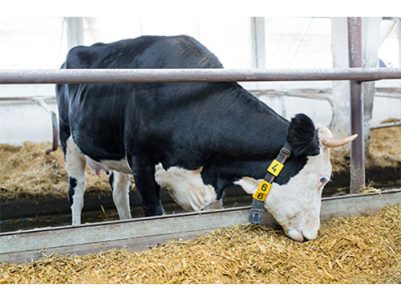
The additional feeding time used by more dominant individuals can increase salivary secretion, reduce the size of food particles, and thus be beneficial for rumen fermentation (Owens et al., 1998).
The negative effects of social competition for subordinate cows can be mitigated by providing greater feeding space and increasing the frequency of feed delivery to reduce competition(Gonzalez et al. , 2012).
Temper or individual character can also have a significant effect on feeding behavior.
A study by Llonch et al. (2018) in beef cattle observed that temperamental animals visited the feeder more frequently and spent less time eating per meal on average. They also consumed less feed per meal. These same authors hypothesized that more temperamental cattle tendo to be more reactive towards the presence of other pen mates in the feeding area. This scenario increases the likelihood of feeding disruption.
However, it is not yet clear whether this leads to reduced productivity and more studies are necessary to confirm the correlation between temper, feeding behaviour and productivity in dairy cattle.
Environmental effects

Heat stress, caused by environmental conditions such as high temperature and humidity, is one of the biggest threats to the productivity and welfare of dairy cattle.
![]() Heat stress is particularly relevant in dairy cattle, as the effects on milk production and reproductive performance can be severe (West, 2003). Changes in behavior and metabolic priorities modify post-absorption nutrient metabolism significantly(Polsky and von Keyserlingk, 2017).
Heat stress is particularly relevant in dairy cattle, as the effects on milk production and reproductive performance can be severe (West, 2003). Changes in behavior and metabolic priorities modify post-absorption nutrient metabolism significantly(Polsky and von Keyserlingk, 2017).
High-yield dairy cows are very sensitive to heat stress with negative consequences on milk production, milk fat and protein content, and health (Bernabucci et al., 2010). In addition, they modify their normal eating pattern, in order to eat when the temperature is lower. This usually occurs at dawn and dusk, concentrating feeding time in shorter periods during the day.
Furthermore, cows will exhibit preference towards concentrated feed instead of fiber. This preference is due to the lower metabolic heat production rate associated with concentrated feed compared to fiber-rich feed (Lu et al., 1989).
![]() Both the increase in meal frequency during the twilight season and the preference for concentrated foods (associated with a lower fodder intake), lead to an increased risk of rumen acidosis (Collier et al., 2007).
Both the increase in meal frequency during the twilight season and the preference for concentrated foods (associated with a lower fodder intake), lead to an increased risk of rumen acidosis (Collier et al., 2007).
There are different strategies to mitigate the effect of heat stress on livestock which include the provision of:
![]() A study with dairy cows subjected to high temperatures, where drinking water was refrigerated (from 28 to 10°C), Milam et al. (1986) reported: a decrease in body temperature, an increase in feed intake, and increased milk production for those cows which received chilled water.
A study with dairy cows subjected to high temperatures, where drinking water was refrigerated (from 28 to 10°C), Milam et al. (1986) reported: a decrease in body temperature, an increase in feed intake, and increased milk production for those cows which received chilled water.
Another available tool, relies on administering diets with higher energy density (reducing the neutral detergent fiber proportion, increasing the digestive fiber proportion and increasing the concentrated portion of the diet).
Dietary treatments can also be used to modify feeding behavior in heat-stressed cattle. For example:
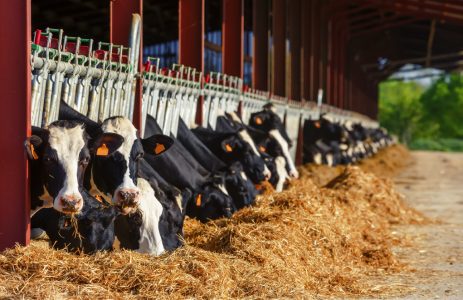
Conclusions
Eating behavior can be measured using different criteria such as:
More frequent and shorter meals are associated with more efficient use of food; while longer rumination time usually results in higher milk production.
Selection behavior leads to unbalanced nutrient intake and altered rumen fermentation, resulting in poor digestion efficiency.
Changes in eating behavior can help identify health problems such as acidosis or lameness. A reduction in rumination time is a reliable indicator of health problems.
An increase in food size or in the selection of small particles can increase the risk of rumen acidosis, which can facilitate a higher incidence of lameness.
Livestock’s natural behavior of establishing social hierarchy within groups has a significant impact on feeding behavior. This is especially true in situations where there is limited food access.
Providing enough space for cows to express their feeding behavior at will can improve feed efficiency.
Heat stress has a significant effect on eating behavior, as it reduces food consumption and alters eating patterns. This scenario increases the risks for the onset of rumen acidosis. Research and innovation in feeding behaviour can lead to advances in animal welfare and production efficiency
[/register]
Subscribe now to the technical magazine of animal nutrition
AUTHORS
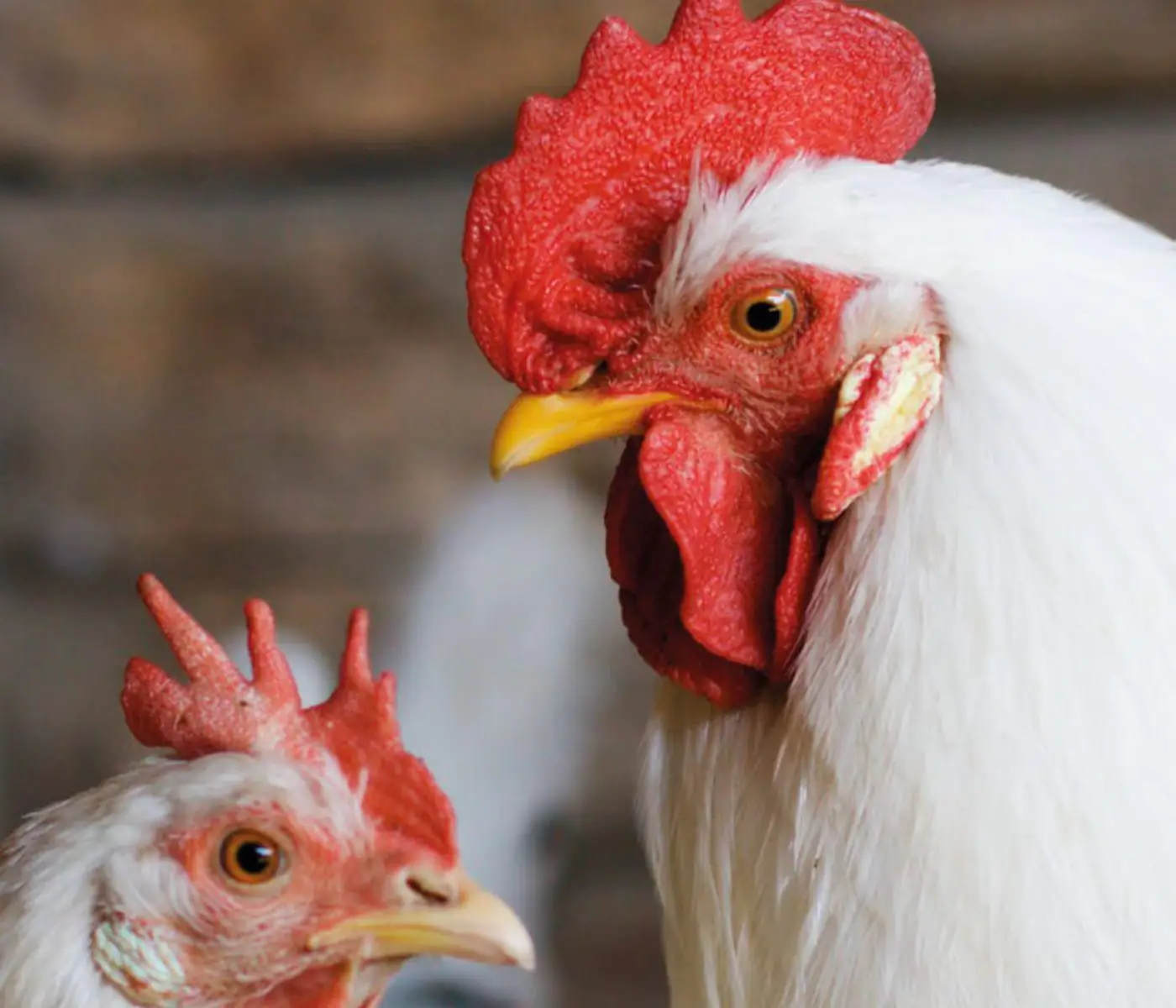
Nutritional Interventions to Improve Fertility in Male Broiler Breeders
Edgar Oviedo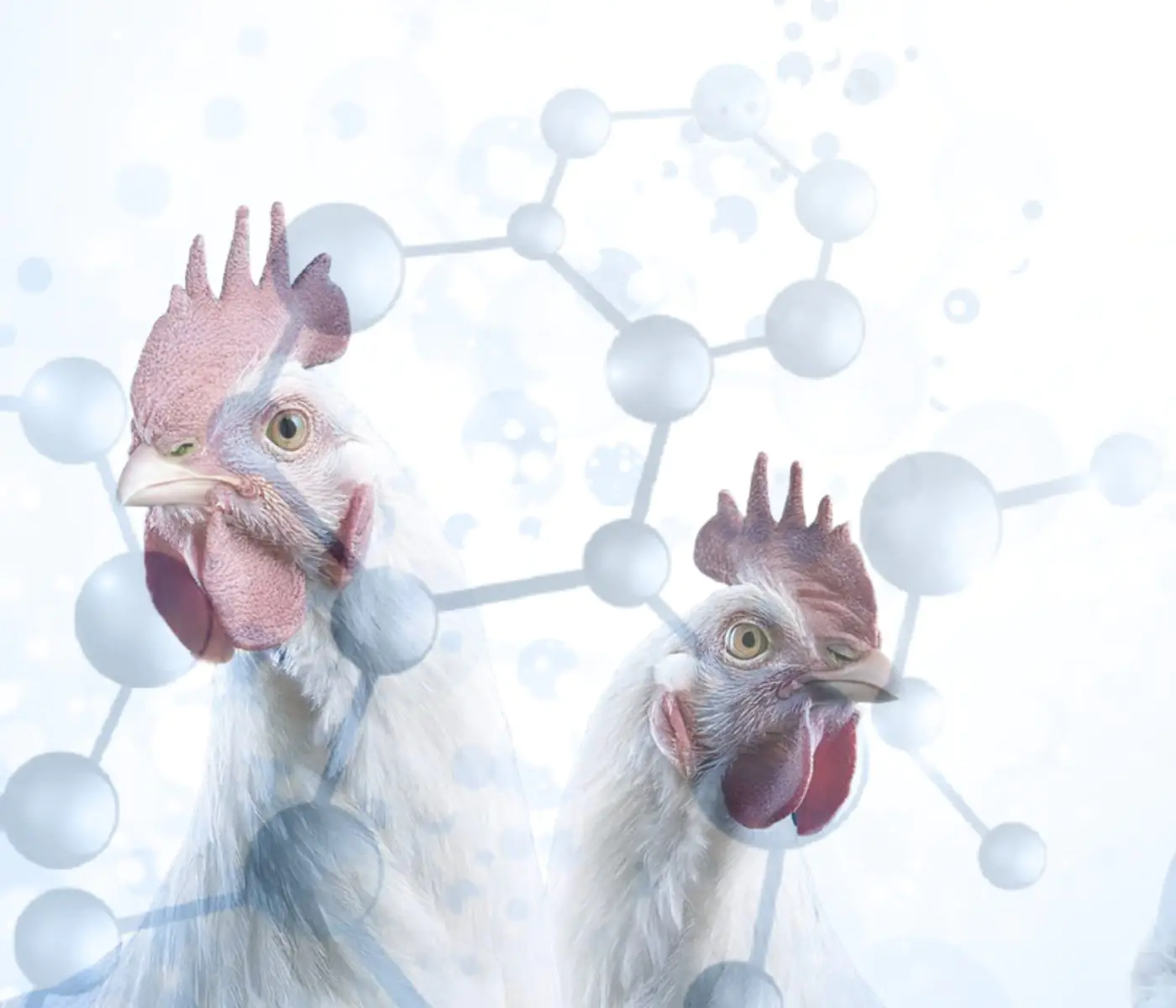
The Use of Organic Acids in Poultry: A Natural Path to Health and Productivity
M. Naeem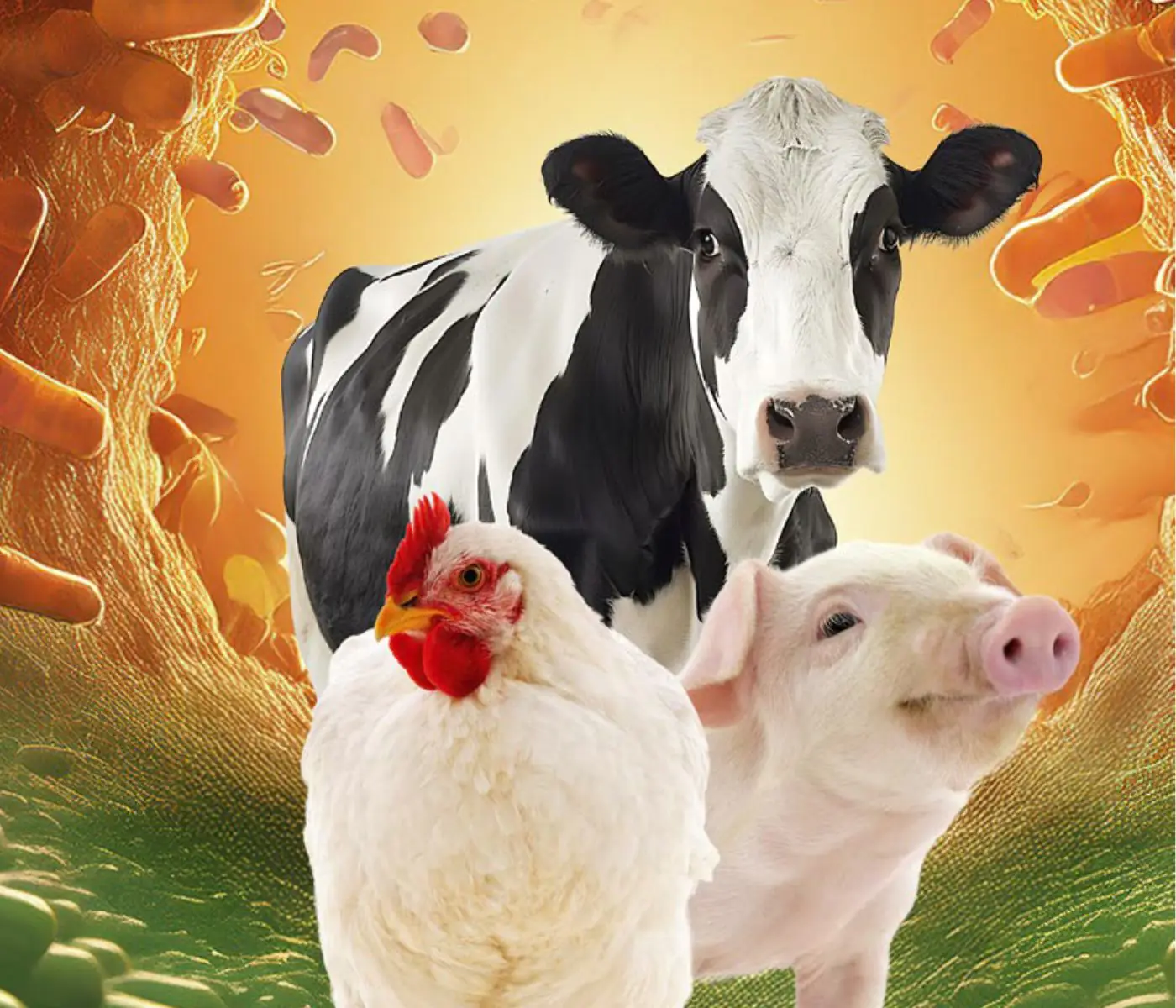
Synergistic Benefits of Prebiotics and Probiotics in Poultry, Swine, and Cattle
Gustavo Adolfo Quintana-Ospina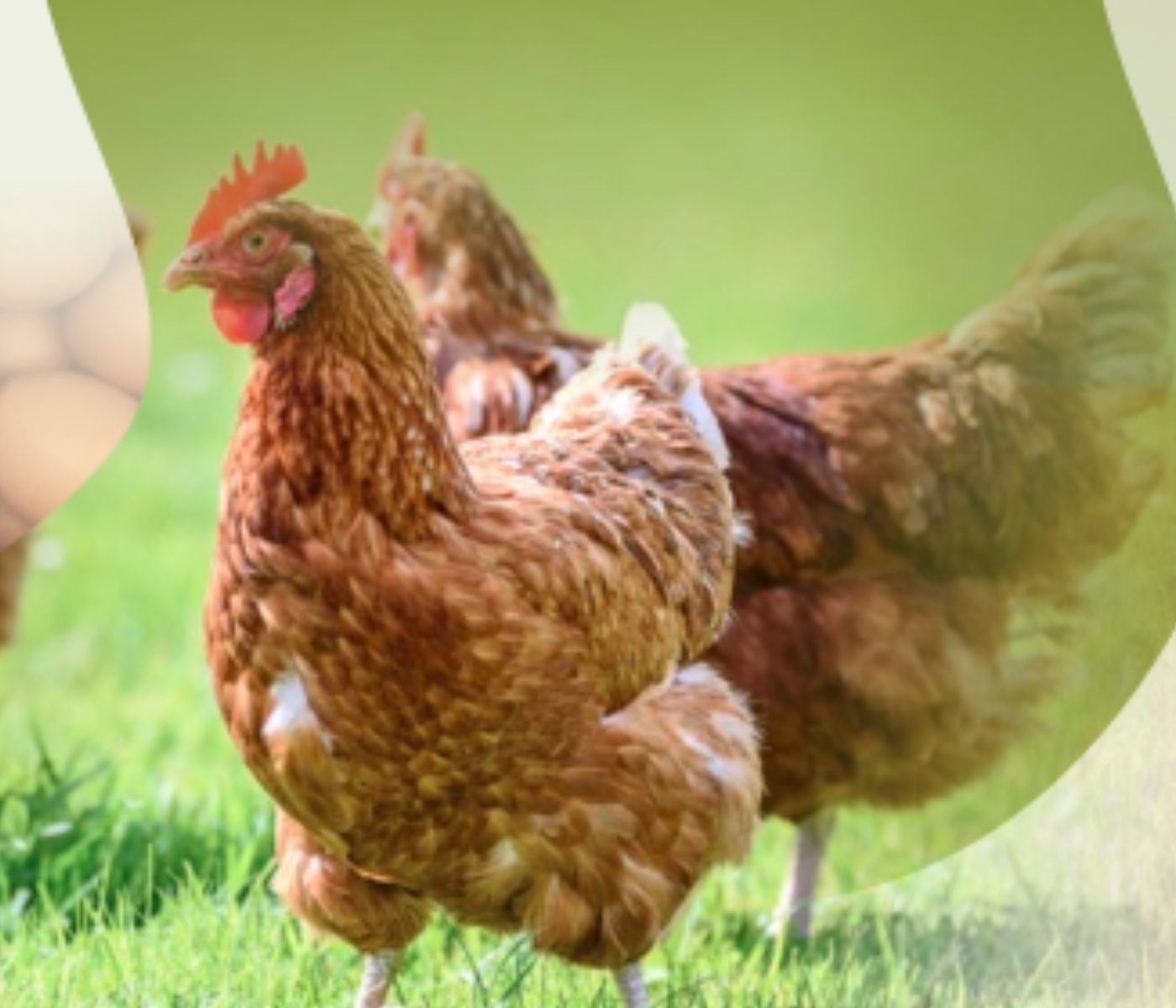
Hybrid Rye Potential in Laying Hen Feed Rations
Gwendolyn Jones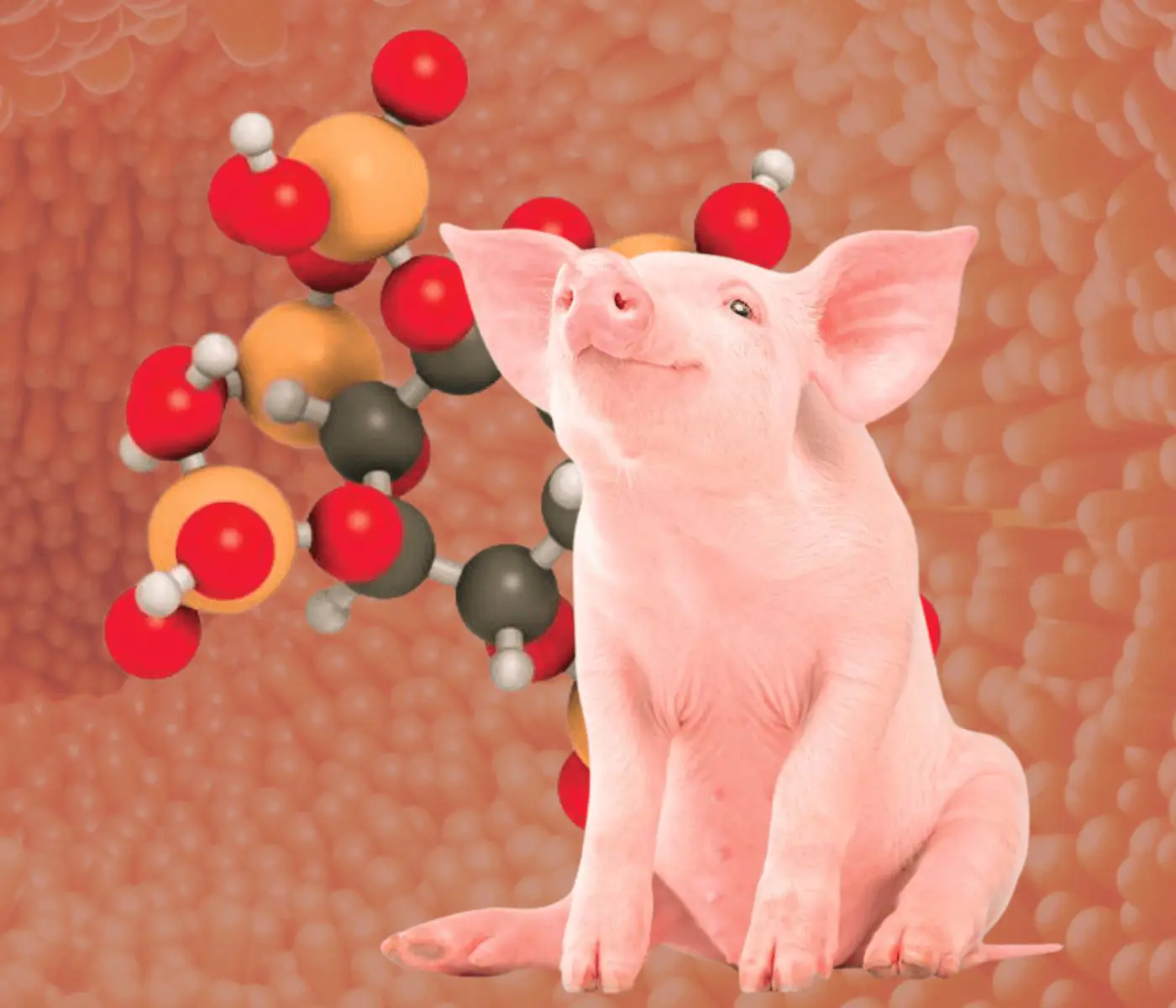
A day in the life of phosphorus in pigs: Part I
Rafael Duran Giménez-Rico
Use of enzymes in diets for ruminants
Braulio de la Calle Campos
Minerals and Hoof Health in the Pregnant Sow
Juan Gabriel Espino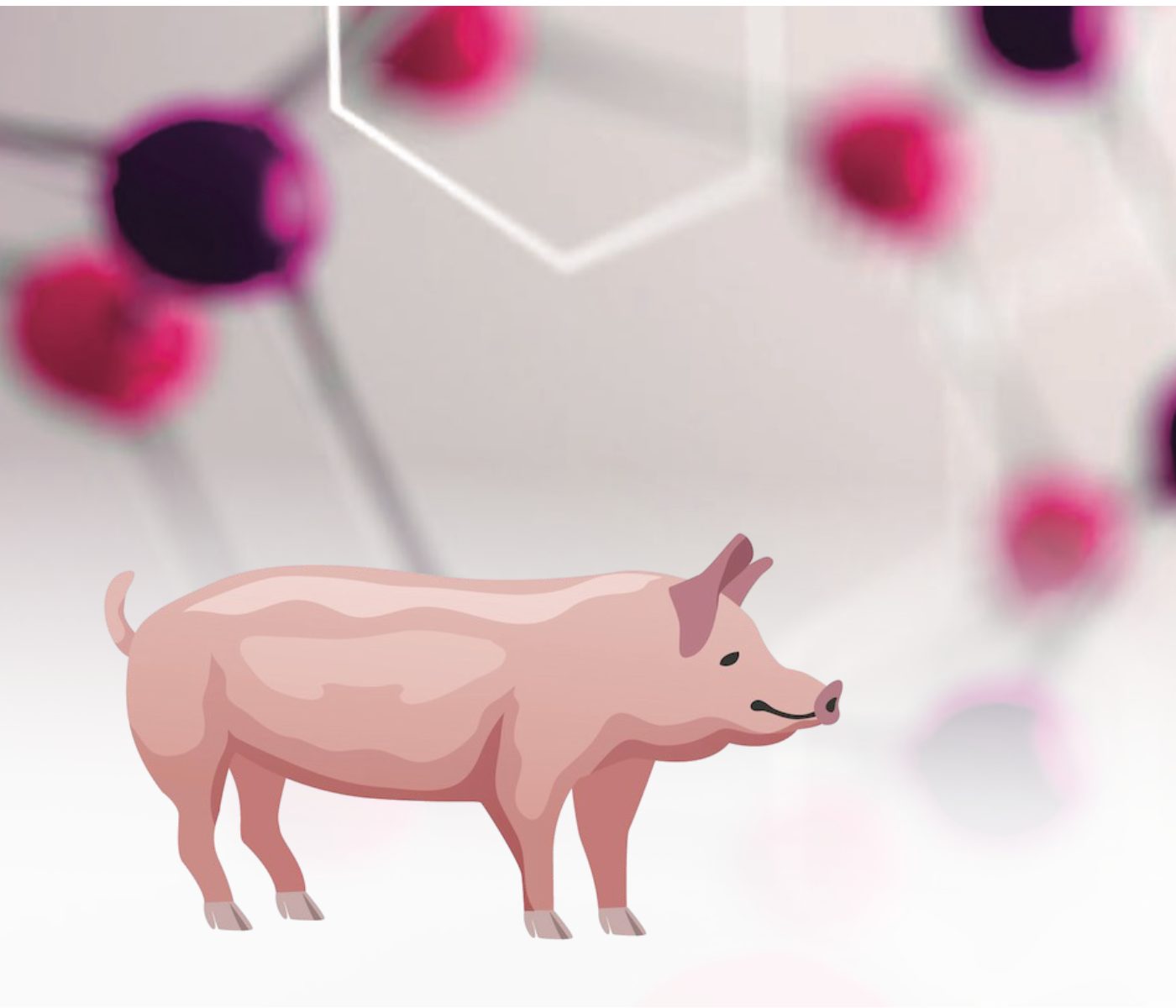
Impact of Oxidized Fats on Swine Reproduction and Offspring
Maria Alejandra Perez Alvarado